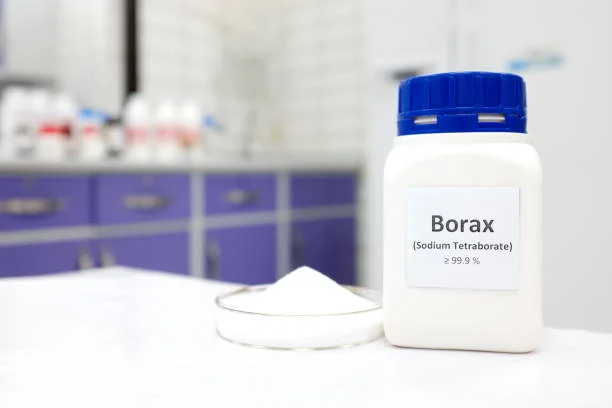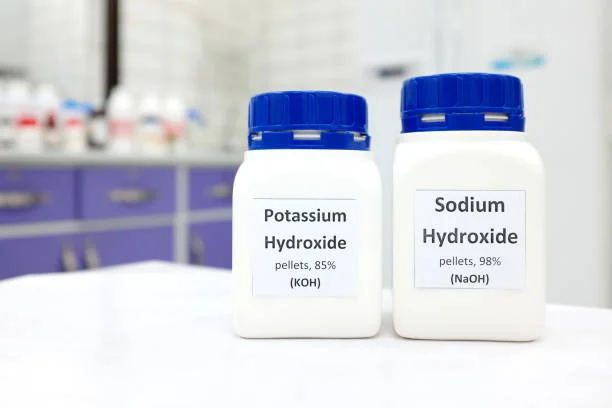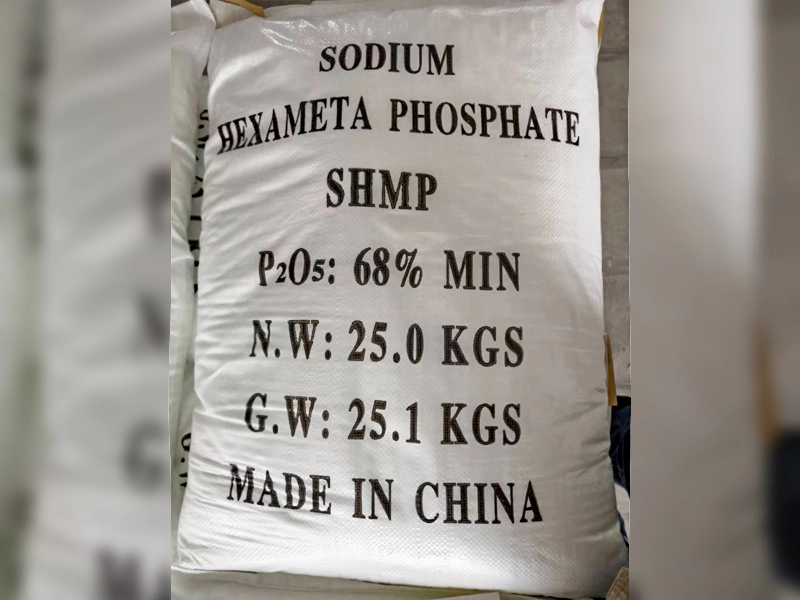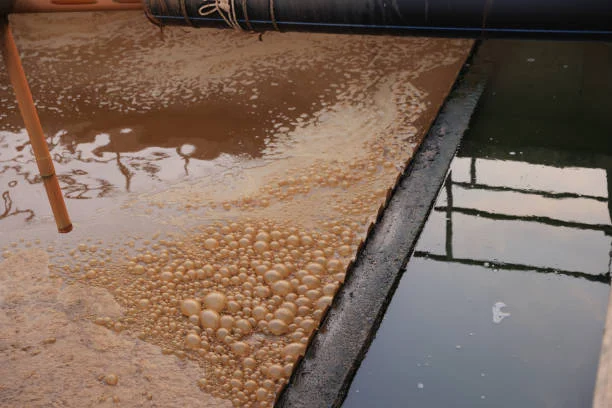
Sodium hydrosulfide, with the chemical formula NaHS, is an inorganic compound that is primarily available in liquid and solid forms in industrial applications. It is highly soluble in water and alcohol, and has a wide range of chemical applications.
In the Dye Industry, Sodium Hydrosulfide is used to synthesize organic intermediates and as an auxiliary agent in the preparation of sulfur dyes. In the leather industry, it is employed for the dehairing of raw hides and tanning. In the fertilizer industry, sodium hydrosulfide is used to remove elemental sulfur from activated carbon desulfurizers. In the Mining Industry, it is extensively used in the flotation of copper ores. Additionally, in the production of synthetic fibers, sodium hydrosulfide is also used in sulfite dyeing.
Sodium hydrosulfide is an important reducing agent that can be used to reduce metal ions and other compounds. It can also act as a sulfiding agent in the manufacture of rubber, paper, and other materials. In the pharmaceutical field, sodium hydrosulfide is used to produce certain medications, such as diuretics and analgesics, and to treat various diseases, including hepatitis, cirrhosis, and alcohol poisoning.
In summary, sodium hydrosulfide is an inorganic compound with extensive application value, playing a significant role in multiple fields.
1. Properties of Sodium Hydrosulfide
Sodium hydrosulfide is highly soluble in water and alcohol, which makes it highly available for various industrial processes. Additionally, sodium hydrosulfide has a certain degree of stability and a melting point of 350°C, facilitating its use in multiple industrial environments.
2. Applications of Sodium Hydrosulfide
Sodium hydrosulfide plays an important role in several industrial fields. In the dye industry, it is commonly used as an auxiliary agent for synthesizing organic intermediates and preparing sulfur dyes. In the leather industry, sodium hydrosulfide is used for the dehairing of raw hides and tanning, helping to improve the quality and appearance of leather. In the fertilizer industry, sodium hydrosulfide effectively removes elemental sulfur from activated carbon desulfurizers, thereby enhancing the purity and effectiveness of fertilizers. Furthermore, sodium hydrosulfide is extensively used in the mining industry for copper ore flotation and in the production of synthetic fibers for sulfite dyeing.
In addition to its industrial applications, sodium hydrosulfide also plays a role in the pharmaceutical and food processing industries. It can be used as a raw material for manufacturing medications and medical devices, such as diuretics, analgesics, blood glucose meters, and blood pressure monitors. In food processing, sodium hydrosulfide can serve as a food additive, such as a deoxidizer and preservative, and can also be used in the production of food seasonings, such as monosodium glutamate and soy sauce.
3. Safety Operating Procedures for Sodium Hydrosulfide
To ensure the safe use of sodium hydrosulfide, a series of safety operating procedures must be implemented. First, operators should receive specialized training to understand the properties and hazards of sodium hydrosulfide and strictly adhere to operating protocols. Second, appropriate protective equipment should be worn during operations, such as dust masks, protective clothing, and rubber gloves. Additionally, the operating environment should be well-ventilated to reduce the risk of inhalation of sodium hydrosulfide.
Furthermore, contact between sodium hydrosulfide and oxidizers, acids, or other substances should be avoided to minimize potential explosion risks. In the event of a sodium hydrosulfide leak, appropriate emergency measures should be taken, such as quickly evacuating personnel from the contaminated area to a safe zone and cutting off any ignition sources, to ensure the safety of both personnel and the environment.
4. Hazards of Sodium Hydrosulfide
Although sodium hydrosulfide has a wide range of applications, it is also a hazardous substance with toxicity and corrosiveness. Sodium hydrosulfide can cause severe irritation to the eyes, skin, mucous membranes, and respiratory tract. Inhalation or ingestion may lead to toxic reactions, and in severe cases, it can result in death. Additionally, mixing sodium hydrosulfide with oxidizers can potentially cause violent explosions. Therefore, strict adherence to safety operating procedures is essential when using sodium hydrosulfide to prevent harm to both human health and the environment.
5. Precautions for Using Sodium Hydrosulfide
Personal Protective Measures: Sodium hydrosulfide has strong irritant effects on the skin, eyes, and respiratory system. Therefore, appropriate personal protective equipment must be worn during operations, including safety goggles, protective gloves, protective clothing, and respirators. These items can effectively prevent injuries caused by splashes or leaks of sodium hydrosulfide.
Ventilation Conditions: Sodium hydrosulfide can produce toxic hydrogen sulfide gas when it comes into contact with water or acidic substances. Therefore, it is essential to ensure that the operating area has good ventilation to prevent the accumulation of toxic gases. If possible, operations should be conducted in a fume hood.
Avoid Contact with Other Substances: Sodium hydrosulfide is a strong reducing agent that can react with many substances, particularly acids, which may lead to violent reactions and the release of toxic gases. Therefore, during operations, sodium hydrosulfide should be kept away from acids, oxidizers, and flammable materials.
Control Usage Amount: The amount of sodium hydrosulfide used should be strictly controlled according to experimental or production needs. Excessive use may lead to violent reactions and increased safety risks.
Post-Operation Cleaning: After operations, the working area and tools must be thoroughly cleaned to prevent residual sodium hydrosulfide. Additionally, waste liquids and discarded materials need to be properly disposed of to prevent environmental contamination.
Storage Precautions: Sodium hydrosulfide should be stored in a dry, cool, and well-ventilated area, avoiding direct sunlight and high temperatures. It should also be stored separately from oxidizers, acids, and flammable materials to prevent cross-contamination and fire hazards.
Emergency Response: If sodium hydrosulfide is accidentally contacted or if toxic gases are inhaled, immediate emergency measures should be taken, such as rinsing the skin with plenty of water and moving to fresh air, and seeking medical attention as soon as possible.
- Random Content
- Hot content
- Hot review content
- T-610 collector Salicyl oxime acid derivative Content 3.5%
- Thiourea 99% high activity Professional Producer
- Ammonium Persulfate Industrial Grade 98.5%
- Cobalt Sulphate Heptahydrate
- lithium Carbonates 99.5% Battery Level or 99.2% Industry grade 99%
- 97% 2-Hydroxypropyl methacrylate
- Calcium Chloride 74% Flakes
- 1Discounted Sodium Cyanide (CAS: 143-33-9) for Mining - High Quality & Competitive Pricing
- 2China's New Regulations on Sodium Cyanide Exports and Guidance for International Buyers
- 3Sodium Cyanide 98% CAS 143-33-9 gold dressing agent Essential for Mining and Chemical Industries
- 4International Cyanide(Sodium cyanide) Management Code - Gold Mine Acceptance Standards
- 5China factory Sulfuric Acid 98%
- 6Anhydrous Oxalic acid 99.6% Industrial Grade
- 7Oxalic acid for mining 99.6%
- 1Sodium Cyanide 98% CAS 143-33-9 gold dressing agent Essential for Mining and Chemical Industries
- 2High Quality 99% Purity of Cyanuric chloride ISO 9001:2005 REACH Verified Producer
- 3Zinc chloride ZnCl2 for High Molecular Weight Polymers Initiator
- 4High Purity · Stable Performance · Higher Recovery — sodium cyanide for modern gold leaching
- 5High Quality Sodium Ferrocyanide / Sodium Hexacyanoferr
- 6Gold Ore Dressing Agent Safe Gold Extracting Agent Replace Sodium Cyanide
- 7Sodium Cyanide 98%+ CAS 143-33-9











Online message consultation
Add comment: